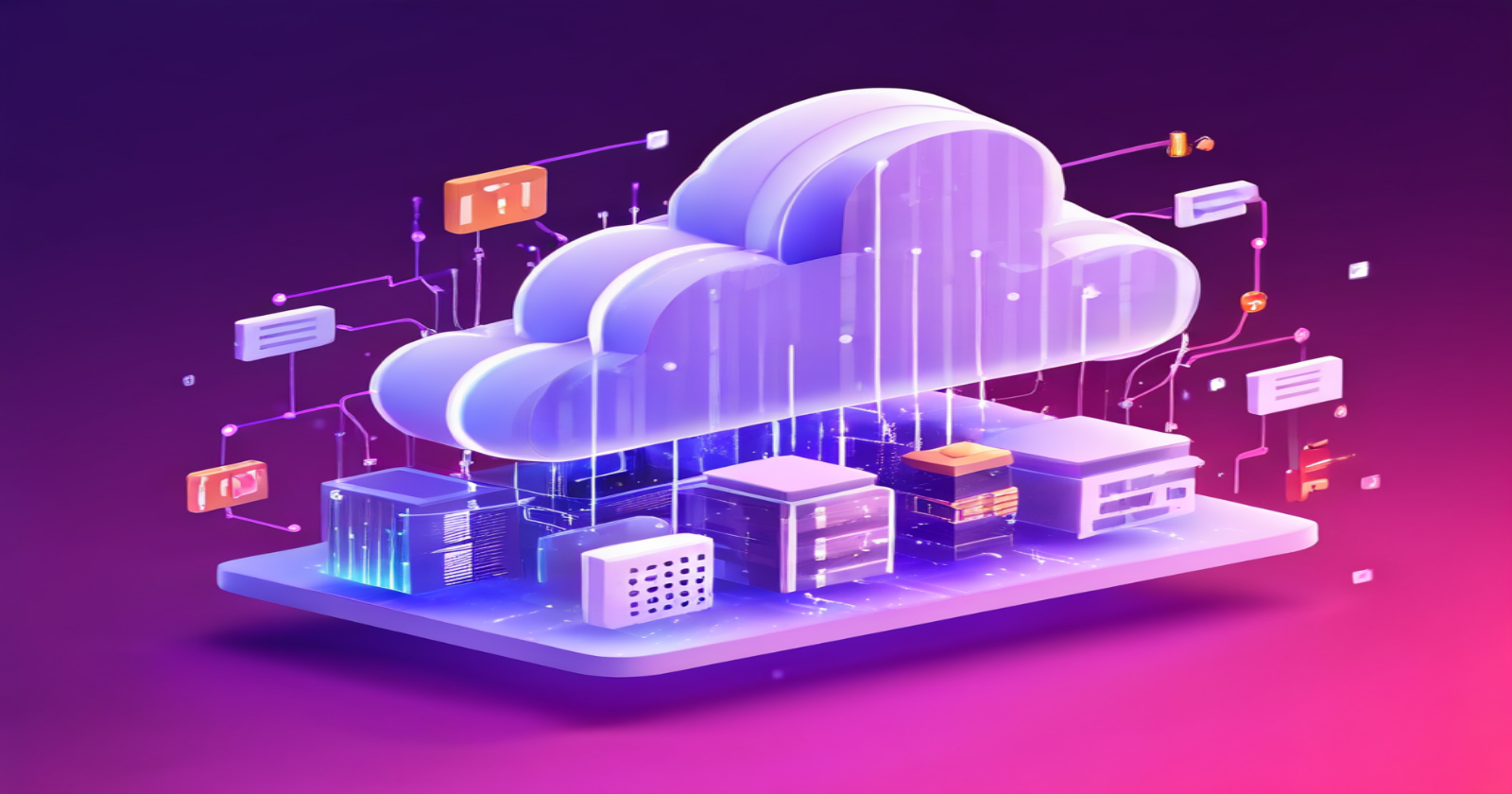Understanding Modern Application Development: From Hybrid Multi-Cloud to Application Modernization
 Md Nayeem
Md Nayeem
What is Hybrid Multi-Cloud?
Hybrid multi-cloud is a strategy that combines the use of multiple cloud services from different providers, along with on-premises infrastructure. This approach gives organizations the flexibility to choose the best cloud services for their specific needs while maintaining certain workloads in their own data centers.
Use Cases for Hybrid Multi-Cloud
1. Disaster Recovery: Data can be backed up across multiple clouds to ensure it remains safe if one cloud fails.
2. Compliance: Some data must stay on-premises due to legal requirements, while other data can be stored in the cloud.
3. Cost Optimization: Businesses can avoid over-dependence on a single cloud provider and choose cost-effective solutions for different workloads.
What Are Microservices?
A technique for creating software applications that are composed of several tiny, independent services is called microservices. Each service focuses on a specific function, like payment processing or user authentication, and can be developed, deployed, and scaled independently.
How Microservices Have Changed Application Development
Microservices have made it easier to build and update complex applications. The application's various components can be worked on concurrently by developers without impacting the system as a whole. This approach also makes it simpler to adopt new technologies, as each service can be written in a different language or use a different database.
What is Serverless Computing?
Serverless computing allows developers to write code without worrying about managing servers. Cloud providers take care of scaling, maintenance, and infrastructure automatically.
Key Characteristics of Serverless Computing
1. No Server Management: Developers focus only on writing code.
2. Automatic Scaling: The application scales automatically based on demand.
3. Pay-per-Use Pricing: You only pay for the compute time you use.
Applications of Serverless Computing
- API Backends: Quick and easy development of APIs.
- Real-time Data Processing: Handling large volumes of data in real-time, such as streaming data from IoT devices.
- Chatbots and AI: Building scalable and cost-effective chatbots.
Challenges of Serverless Computing
Cold Starts : The pause that happens when you call a serverless function after it has been inactive.
- Limited Execution Time: Serverless functions typically have time limits, which can be a constraint for long-running tasks.
- Vendor Lock-In: Relying heavily on a specific cloud provider's serverless offerings can make it difficult to switch providers in the future.
What Are Cloud-Native Applications?
Applications that are cloud-native are created with the intention of operating in a cloud environment. These applications are built using modern development practices and are optimized for scalability, resilience, and flexibility.
Key Concepts and Principles
Microservices Architecture: Applications are divided into small, independent services.
Containerization: Applications are packaged in containers for easy deployment and scaling.
DevOps Practices: Continuous integration and delivery (CI/CD) ensure quick updates and deployments.
Benefits of Cloud-Native Applications
1. Scalability: Easily scale applications to handle increased demand.
2. Resilience: Built to withstand failures and continue operating smoothly.
3. Faster Time to Market: New features and updates can be deployed quickly.
Use Cases
- E-commerce Platforms: Handle fluctuating traffic during sales events.
- Streaming Services: Seamlessly deliver content to millions of users worldwide.
- Financial Services: Ensure high availability and security for banking applications.
What is DevOps?
A collection of procedures known as DevOps unites IT operations (Ops) and software development (Dev). The goal is to shorten the development lifecycle and provide continuous delivery of high-quality software.
How DevOps Tackles Cloud Complexities
DevOps helps manage the complexities of cloud environments by:
Automating Repetitive Tasks: Reducing human error and speeding up processes.
Continuous Monitoring: Ensuring the application is always performing well.
Collaboration: Bringing development and operations teams together for better communication and problem-solving.
Benefits of Application Modernization
Application modernization involves updating older software to take advantage of modern technologies and practices.
How Organizations Can Modernize Their Applications
1. Rehosting: Moving applications to the cloud without significant changes.
2. Refactoring: Rewriting parts of the application to be more efficient or to take advantage of cloud-native features.
3. Rebuilding: Completely redesigning the application using modern technologies like microservices and serverless computing.
Benefits of Modernization
Improved Performance: Modern applications are faster and more efficient.
Cost Savings: Cloud-based applications can reduce hardware and maintenance costs.
Increased Agility: Organizations can respond quickly to changes in the market or customer demands.
By understanding these concepts, organizations can effectively navigate the complexities of modern application development and take full advantage of cloud technologies.
Subscribe to my newsletter
Read articles from Md Nayeem directly inside your inbox. Subscribe to the newsletter, and don't miss out.
Written by
